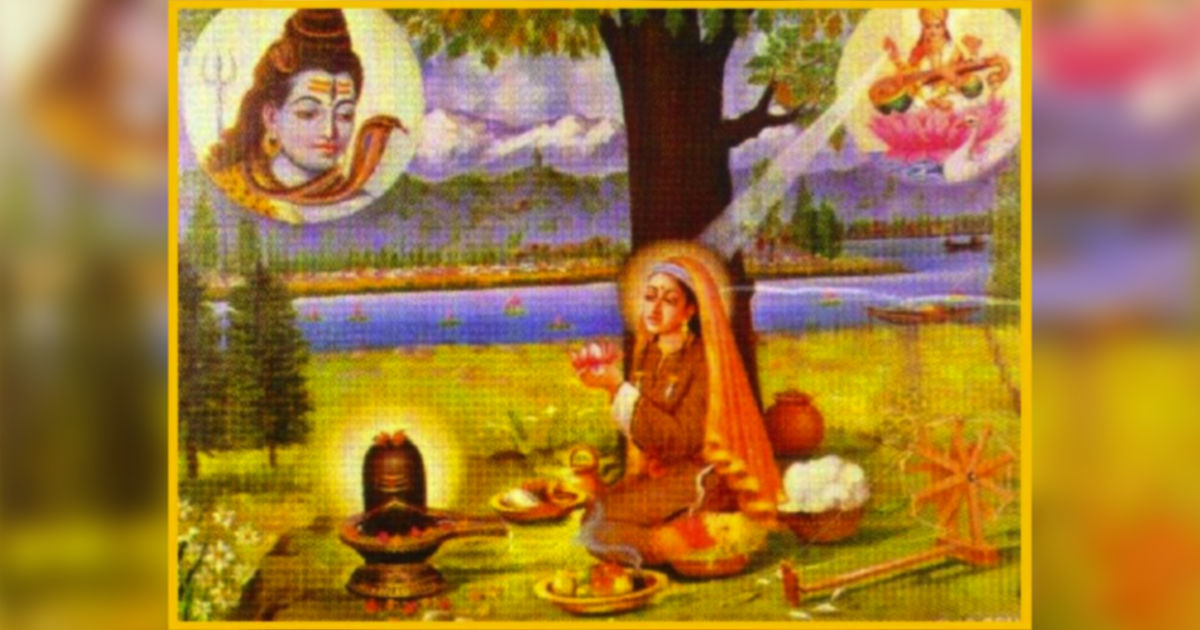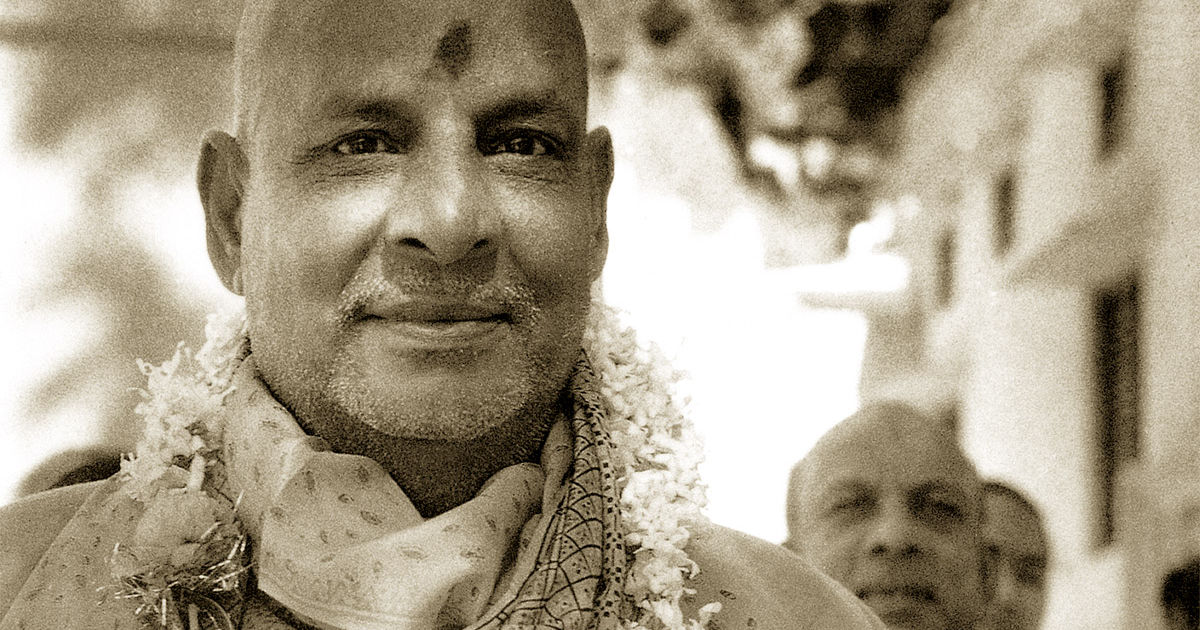Isomorphism means similarity in its simplest meaning. There is similarity between the macro cosmos (universe) and the microcosmos which is the human organism. Yoga Darsana Upanishad (4.48—53) describes this. The eternal (sacred) tirtha (sacred ford, holy water, place of pilgrimage) is considered inferior to the sacred tirtha in the body, and external mountains and other places identified with the various parts of the organism. Continue reading
Tag Archives: pilgrimage
627 – Children
Children are little sparks of divinity. It is written in the Upanishads, Bhagwatam and all our scriptures that children have come into our circle due to some mystical past and karmic connection. They are souls on a great pilgrimage, on their way towards attainment of a divine destiny. Continue reading
218 – Lal Ded, a truly liberated saint
Lal Ded was born in the fourteenth century, and she was a feminist saint and a mystic poet. She had an education as in Kashmir, girls were educated. She was married at the age of twelve. Her in-laws ill-treated her. They starved her and gave her only a handful of rice to eat. She left her husband and became a disciple of Sed Bayu, a Shaivite guru. She shed her clothes and became a digamber swami. She was unembarrassed about her body, she had a huge stomach. In a few years she had eclipsed her guru in wisdom and bhakti. She taught that one should connect with one’s soul and remove ritual from our meditation. She told a priest that a temple and an image were just like stone. She was venerated by both Muslims and Hindus. Continue reading
154 – A story narrated by Swami Sivananada
Two friends were walking on a pilgrimage. The path was full of thorns and it was very rocky. They were wearing cloth shoes. They had to tread carefully as there were roots, and wet leaves everywhere. It was slippery and the trail was very narrow. Suddenly one of the friends let out a yell of pain. A thorn had gotten into his foot through the thin sole of his slippers. The other friend said that it did not matter as it was only a thorn. The friend asked him to stop and take the thorn out. Continue reading




